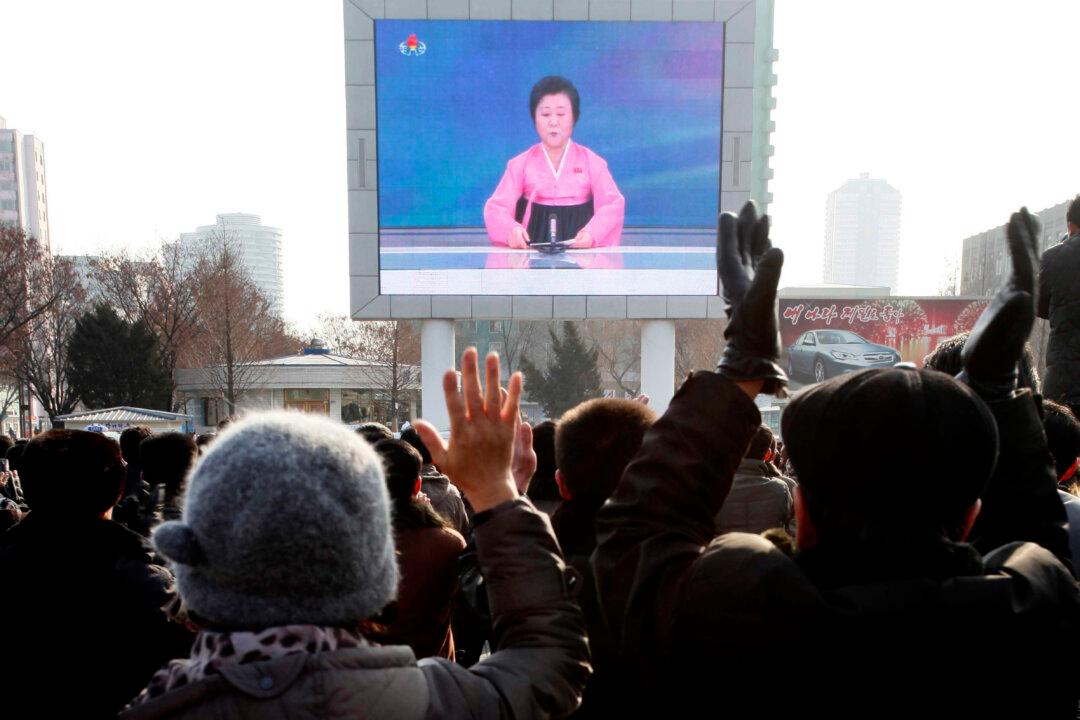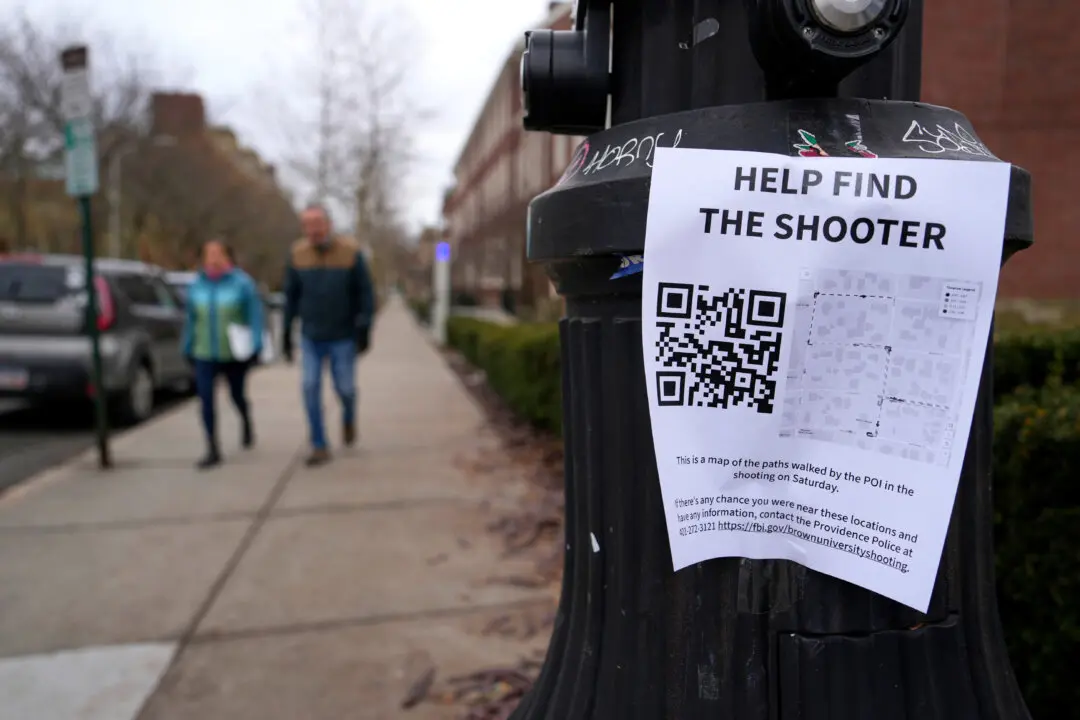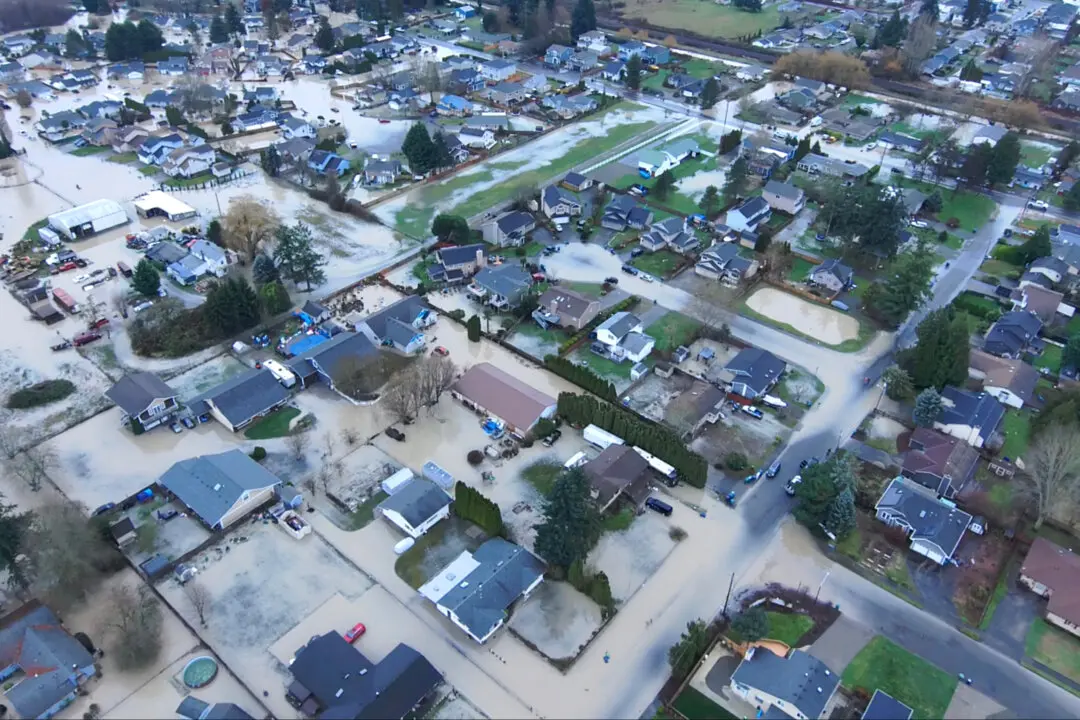WASHINGTON—North Korea’s claim to have detonated a thermonuclear weapon in an underground test has raised worldwide worry about what really happened, whether the isolated nation is closer to being capable of hitting the U.S. mainland with a nuclear missile, and whether it brings war closer.
Some questions and answers about what the Pentagon called an “unacceptable and irresponsible provocation” that threatens peace in Asia.
Q. Why is this a big deal?
A. The weapon test, if confirmed, could mean North Korea is on a path to possessing a bomb of far greater destructive power than the types it detonated in three previous underground tests, in 2006, 2009 and 2013. So if the North Koreans were to field such a weapon, known as a thermonuclear or hydrogen bomb, then it could raise the stakes in a long-running struggle to reunite the Korean peninsula under its own terms. That, in turn, would force tough decisions on the United States, which has a treaty obligation to defend South Korea — with nuclear weapons if necessary.
On the other hand, North Korea is believed to already possess a number of atomic bombs and is developing longer-range missiles to deliver nuclear warheads.





